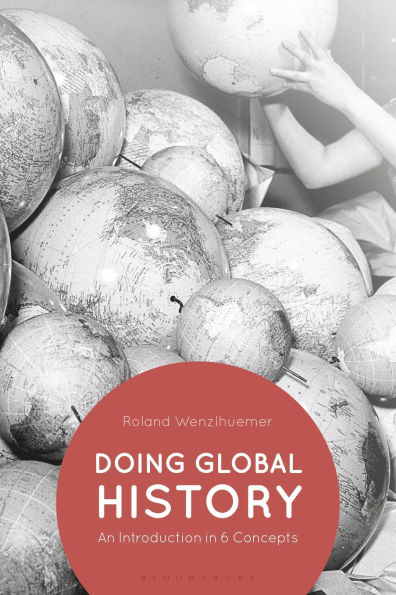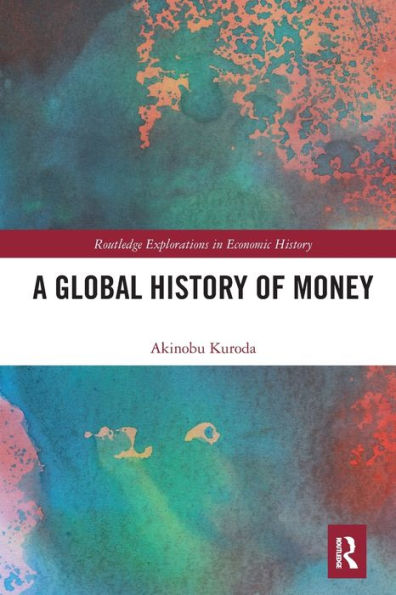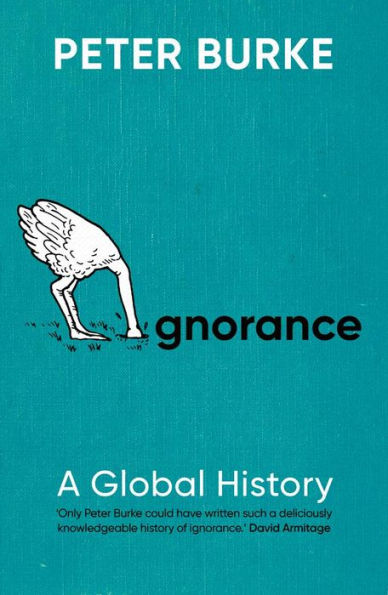Home
Doing Global History: An Introduction 6 Concepts
Barnes and Noble
Loading Inventory...
Doing Global History: An Introduction 6 Concepts in Franklin, TN
Current price: $110.00

Barnes and Noble
Doing Global History: An Introduction 6 Concepts in Franklin, TN
Current price: $110.00
Loading Inventory...
Size: Hardcover
The field of Global History has experienced an unprecedented boom in the last two decades and carved itself deeply into the practice of historical research. Despite this, its conceptual foundations have rarely been explored. This introduction to what Global History is brings together theory and practice with 6 key concepts, delivered through 6 accessible case studies. Re-evaluating the central concerns and key approaches in the field, it offers an up-to-date discussion of the foundations of Global History, its guiding questions, and principal methods 'at work'.
Doing Global History
offers students valuable insights into the ways general concepts can be used and applied when doing historical research. The 6 concepts- connections, actors, structures, space, time and transit- and their accompanying examples will not only help readers to get a solid grasp of what global history means, but will stimulate further engagement in the field. Wenzlhuemer successfully shows that global history is best considered as a perspective, not a theory or paradigm, and guides the reader through ways it can be used in practice to draw new and exciting conclusions. Tailored for classroom and student use, this book will be invaluable to advanced undergraduates and postgraduates of Global History.
Doing Global History
offers students valuable insights into the ways general concepts can be used and applied when doing historical research. The 6 concepts- connections, actors, structures, space, time and transit- and their accompanying examples will not only help readers to get a solid grasp of what global history means, but will stimulate further engagement in the field. Wenzlhuemer successfully shows that global history is best considered as a perspective, not a theory or paradigm, and guides the reader through ways it can be used in practice to draw new and exciting conclusions. Tailored for classroom and student use, this book will be invaluable to advanced undergraduates and postgraduates of Global History.
The field of Global History has experienced an unprecedented boom in the last two decades and carved itself deeply into the practice of historical research. Despite this, its conceptual foundations have rarely been explored. This introduction to what Global History is brings together theory and practice with 6 key concepts, delivered through 6 accessible case studies. Re-evaluating the central concerns and key approaches in the field, it offers an up-to-date discussion of the foundations of Global History, its guiding questions, and principal methods 'at work'.
Doing Global History
offers students valuable insights into the ways general concepts can be used and applied when doing historical research. The 6 concepts- connections, actors, structures, space, time and transit- and their accompanying examples will not only help readers to get a solid grasp of what global history means, but will stimulate further engagement in the field. Wenzlhuemer successfully shows that global history is best considered as a perspective, not a theory or paradigm, and guides the reader through ways it can be used in practice to draw new and exciting conclusions. Tailored for classroom and student use, this book will be invaluable to advanced undergraduates and postgraduates of Global History.
Doing Global History
offers students valuable insights into the ways general concepts can be used and applied when doing historical research. The 6 concepts- connections, actors, structures, space, time and transit- and their accompanying examples will not only help readers to get a solid grasp of what global history means, but will stimulate further engagement in the field. Wenzlhuemer successfully shows that global history is best considered as a perspective, not a theory or paradigm, and guides the reader through ways it can be used in practice to draw new and exciting conclusions. Tailored for classroom and student use, this book will be invaluable to advanced undergraduates and postgraduates of Global History.
You May Also Like

Loading Inventory...
Loading Inventory...
Hockey: A Global History
Barnes & Noble
Current price: $125.00

Loading Inventory...
Loading Inventory...
A Global History of Money
Barnes & Noble
Current price: $55.99















